Smart Home Upgrades for Retirement: 6 Changes That Make Life Easier as You Age
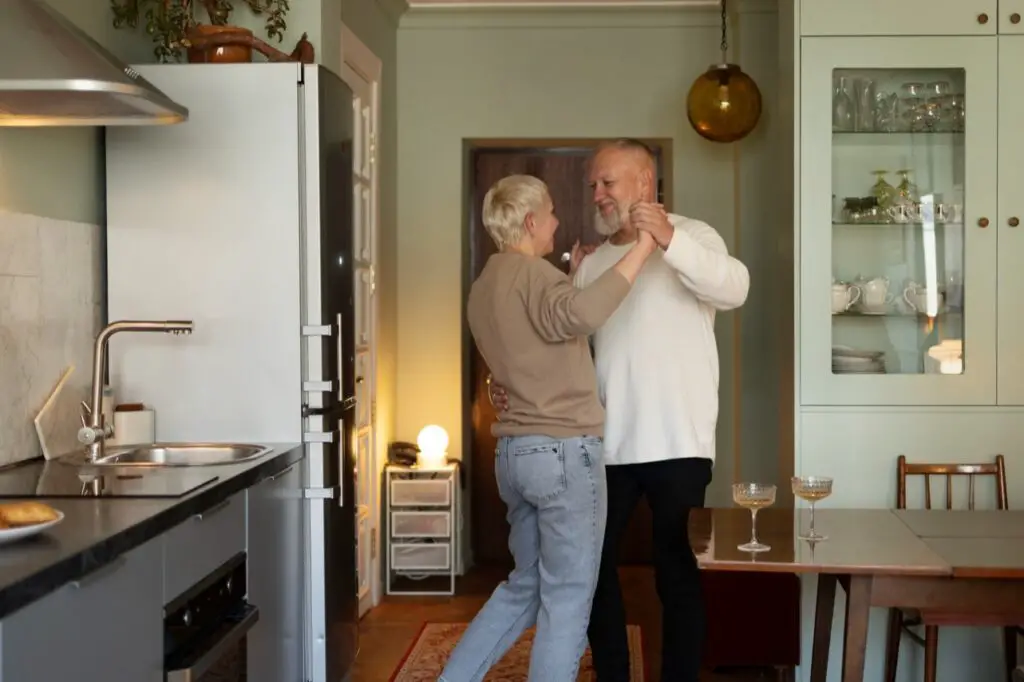
As retirement approaches, many baby boomers are choosing to stay in the homes they love rather than downsizing or moving to senior living communities. This trend, known as “aging in place,” emphasizes making practical changes that allow individuals to live comfortably and safely in their homes for many years to come. Preparing your home for this next phase in life does not have to mean sterile medical-looking equipment or major construction projects. With a few well-thought-out upgrades, your home can remain stylish, safe, and supportive as your needs evolve. Here are six valuable remodeling ideas that can help you enjoy your retirement years with confidence and peace of mind.
1. Install a Walk-In Shower With No Threshold
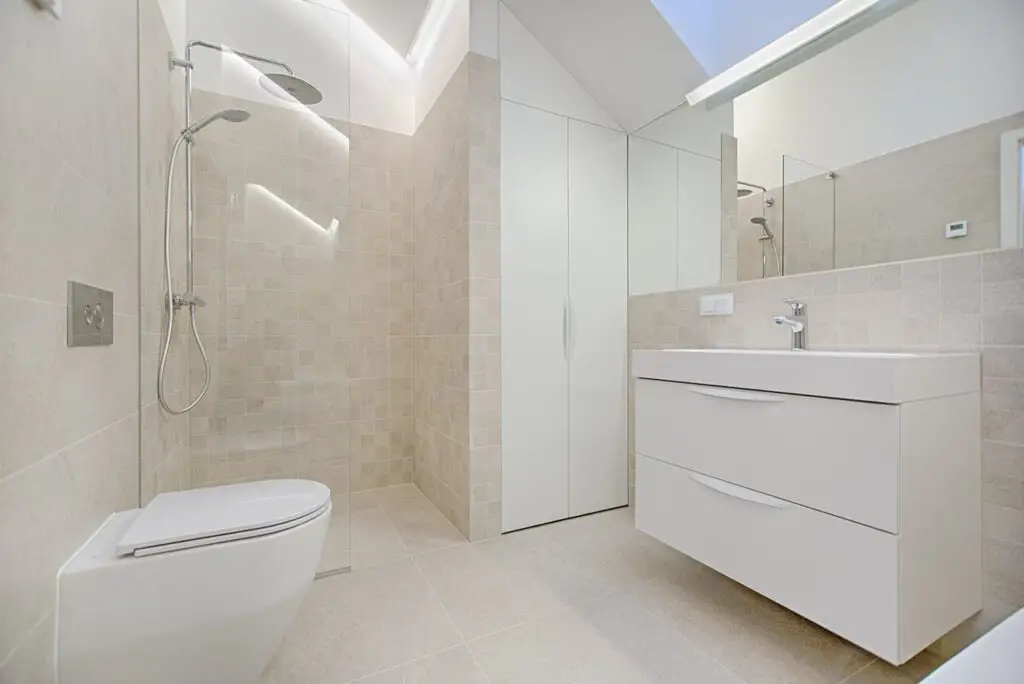
One of the most important and popular upgrades for aging in place is replacing the traditional bathtub or combined shower-tub unit with a walk-in shower that has no threshold. As we grow older, stepping over a bathtub wall becomes more difficult and increases the risk of falling. A curbless shower provides a flat, step-free entry, making it much easier to use whether you are dealing with arthritis, limited mobility, or future mobility aids such as a walker or wheelchair. To take safety and convenience to the next level, consider adding a built-in bench, slip-resistant flooring, handheld showerheads, and attractive grab bars. These features can make your daily routine both easier and safer. Modern walk-in showers also come in beautiful, contemporary designs that enhance the look of your bathroom, so there is no need to sacrifice style for functionality.
2. Add Better Lighting Throughout the House
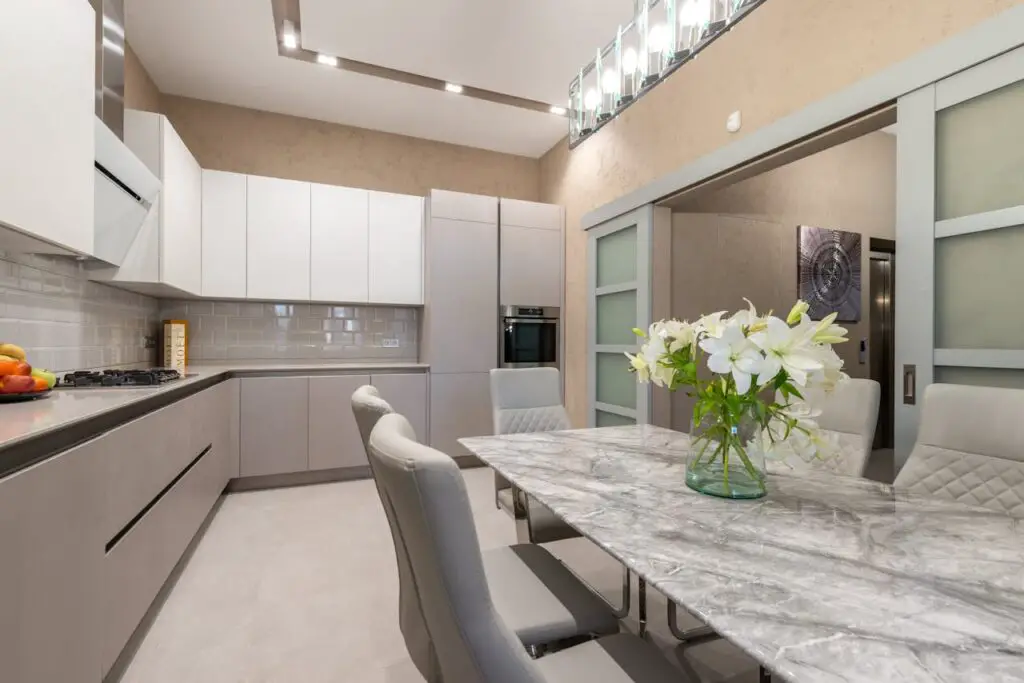
As we age, our vision often changes, making good lighting more essential than ever. Dimly lit areas, especially stairs, hallways, and bathrooms, can become dangerous over time. Adding or upgrading lighting throughout your home can make an enormous difference in terms of both safety and comfort. Install brighter, energy-efficient LED bulbs that mimic natural daylight to reduce glare and improve visibility. Consider under-cabinet lighting in the kitchen, additional reading lamps in living areas, and motion-sensor nightlights in bedrooms and bathrooms to make nighttime navigation easier. Hallways and staircases benefit greatly from additional light sources or sconces. With improved lighting, you reduce your risk of falls, ease the strain on your eyes, and create a warm, inviting atmosphere in every room.
3. Widen Doorways for Easier Access
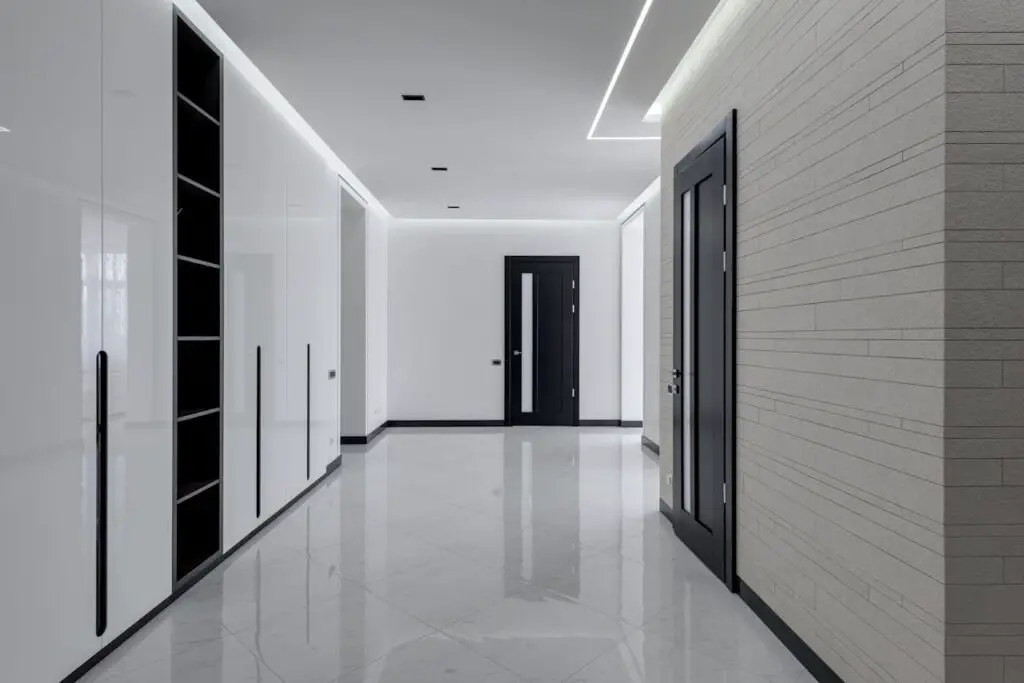
Standard interior doors in older homes are often too narrow to accommodate walkers or wheelchairs. Even if you do not currently use mobility aids, planning for future accessibility is a wise investment. Widening doorways to at least 36 inches creates a more open, comfortable flow between rooms and ensures your home remains accessible no matter what the future holds. This change is especially useful for key areas like bathrooms, bedrooms, and kitchens. If your remodeling project includes larger structural changes, consider opening up your floor plan to eliminate tight hallways and awkward corners that may become problematic later on. Wider doorways also make it easier to move furniture and allow more natural light to pass through the home, which is an added bonus for aging eyes.
4. Replace Flooring With Slip-Resistant Materials
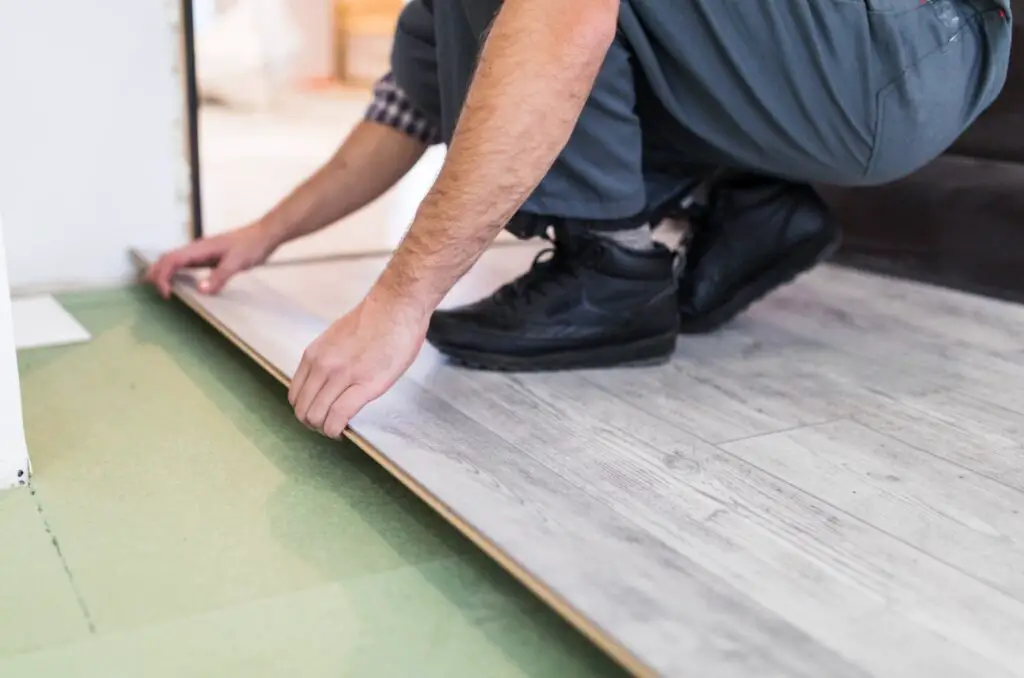
Falls are one of the leading causes of injury among older adults, and flooring plays a critical role in preventing them. Replacing glossy or slippery surfaces such as tile or hardwood with safer, more forgiving materials can significantly reduce the chance of accidents. Look for non-slip options such as textured vinyl, cork, rubber flooring, or low-pile carpet. These materials provide a better grip underfoot while remaining attractive and easy to maintain. If you love the look of hardwood floors, choose engineered wood with a matte finish and wider planks, which offer more traction than traditional options. Avoid rugs that slide or curl at the edges. If you choose to keep area rugs for comfort or décor, make sure they have non-skid backing and lie flat. Safe flooring is not only a safety feature—it adds comfort and peace of mind to every step you take.
5. Install Lever-Style Handles and User-Friendly Fixtures
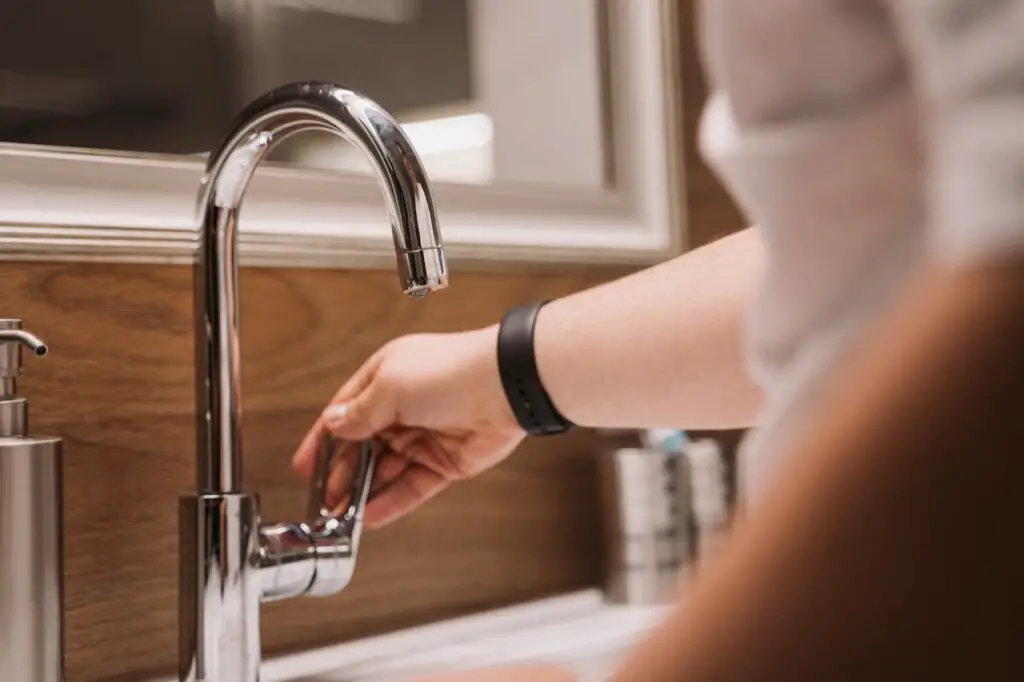
Arthritis and reduced hand strength are common challenges as we get older. Replacing round doorknobs and twist-style faucet handles with lever-style versions can make your home significantly more comfortable and accessible. Lever handles require far less effort to use and are easier to manage for anyone experiencing joint pain or stiffness. These small hardware upgrades extend to other areas too—install lever-style handles on cabinets and drawers, or use larger, easy-grip pulls that offer a better grip. In the kitchen and bathroom, consider single-handle or touchless faucets that allow for smoother control and temperature adjustment. These types of upgrades are affordable, attractive, and make a meaningful difference in daily life without requiring a major renovation.
6. Create a Bedroom and Full Bathroom on the Main Floor
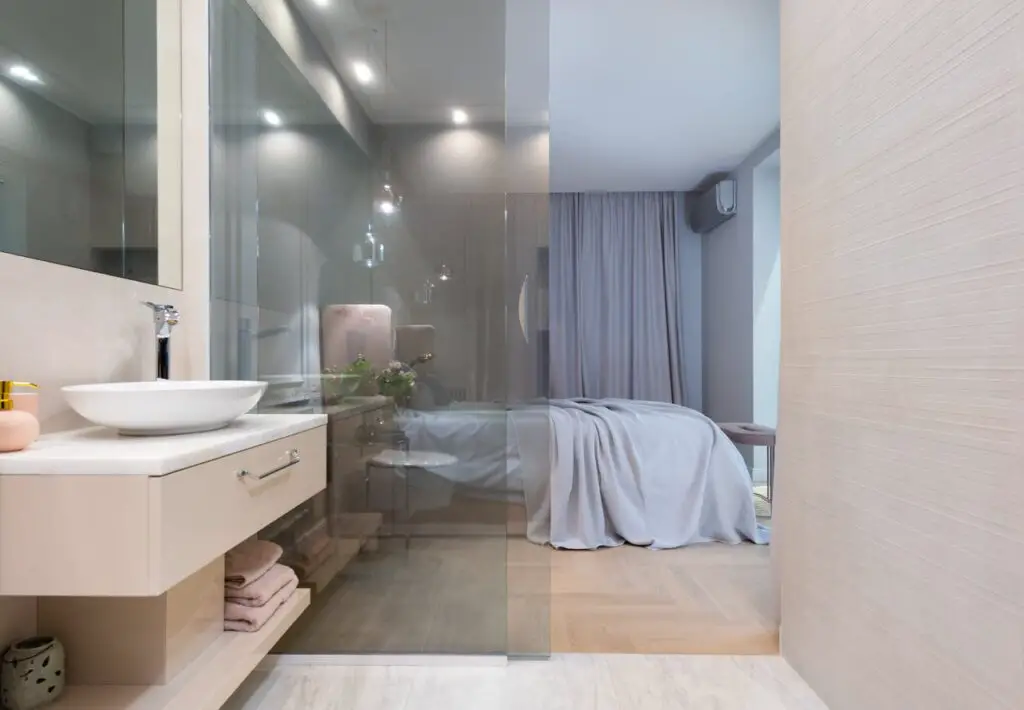
Stairs can become a serious obstacle for older adults, especially in a multi-story home. Creating a full bedroom and bathroom on the main level ensures that you can avoid using stairs every day, which is critical for long-term comfort and safety. If your home already has a guest bedroom on the first floor, consider upgrading it into a master suite with a connected bathroom. If not, think about reconfiguring your current layout or adding a small extension to create a private, convenient space for sleeping, bathing, and dressing all on one level. This adjustment not only benefits you now but can increase your home’s resale value in the future, as more buyers are seeking homes with first-floor living. With aging in place in mind, make sure the bedroom and bathroom have wide doorways, non-slip flooring, and accessible lighting and switches.
Final Thoughts
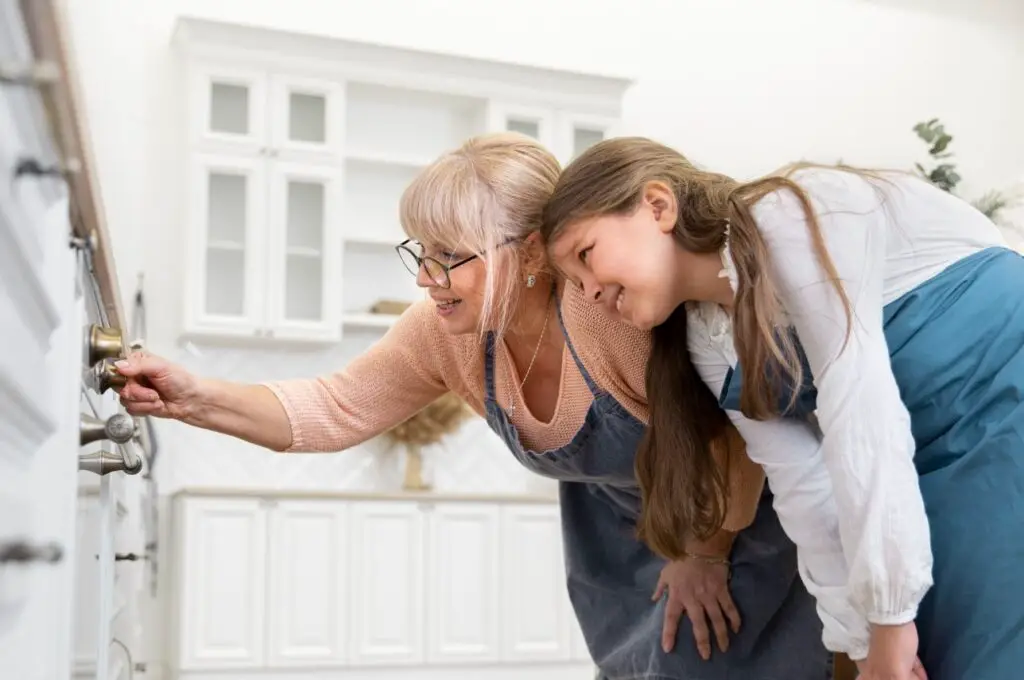
Your retirement years should be a time of relaxation, joy, and comfort—not daily struggles with stairs, slippery floors, or hard-to-reach fixtures. The key to successful aging in place is planning ahead and making upgrades that are both functional and beautiful. From walk-in showers and accessible bedrooms to wider doorways and improved lighting, each change you make brings you one step closer to a home that supports your independence and well-being.
You do not need to do everything at once. Start with the most pressing changes—perhaps a bathroom remodel or a lighting upgrade—and then build from there. Even small modifications can have a lasting impact on your quality of life. With thoughtful planning and a few smart investments, your home can remain the comfortable, welcoming place you have always known, perfectly suited to support you throughout your retirement years.
Leave a Reply